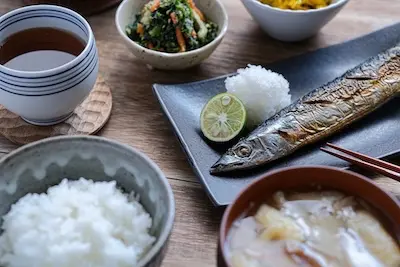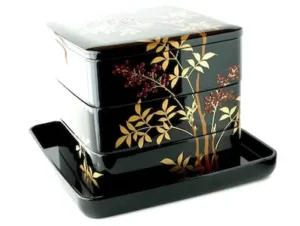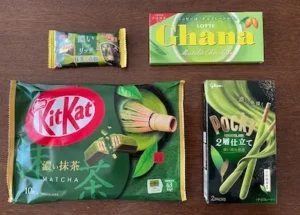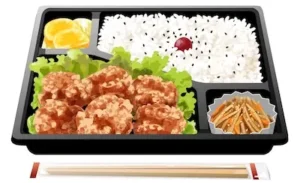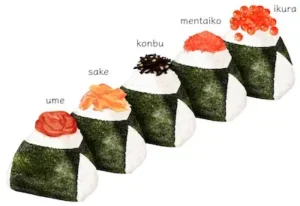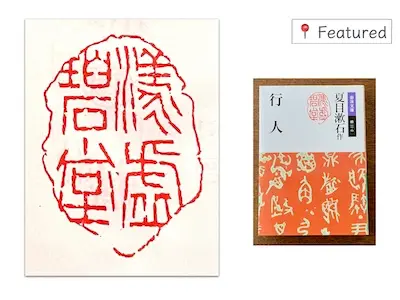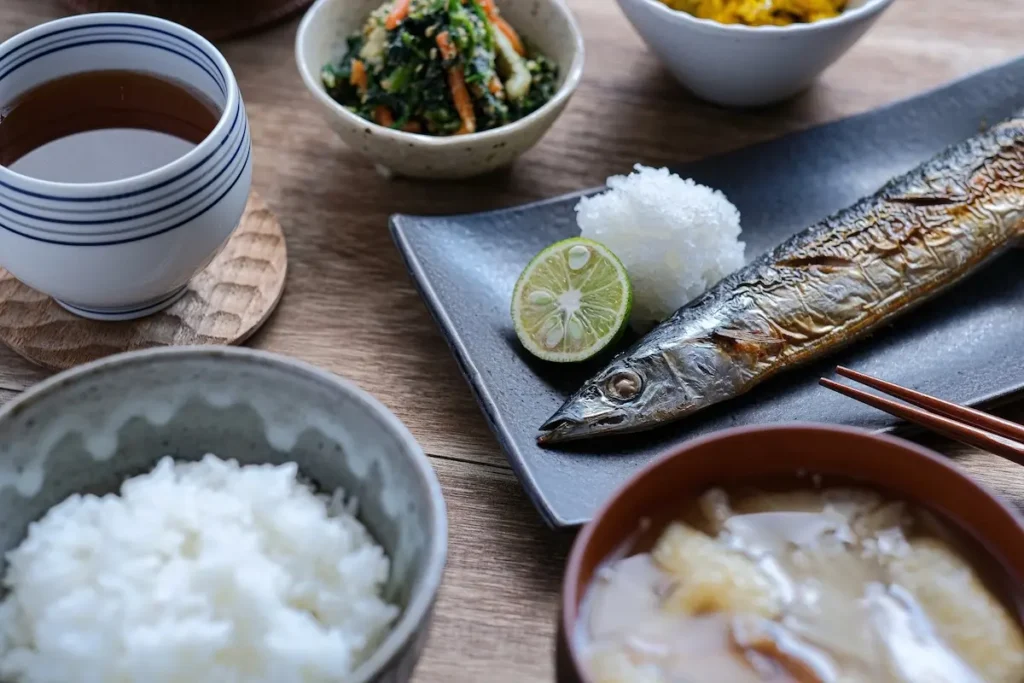
Washoku: Seasonal Flavors and Japanese Language
In Japan, autumn is called the “season of appetite.”
It is the best time to enjoy fresh seasonal foods. The air turns crisp, and the days grow cooler.
And at this time of year, grilled fish, simmered dishes, and meals made with seasonal vegetables bring rich flavors to the table.
What Is Ichiju-Sansai?
The traditional Japanese meal style called ichiju-sansai is the foundation of washoku.
It is a simple way to enjoy a balanced diet. The set includes rice, soup, one main dish, and two side dishes.
Together, they create a healthy and colorful table.
And in Japanese home cooking, people often add seasonal ingredients.
They also follow the rule of “Ma-Go-Wa-Ya-Sa-Shi-I.”
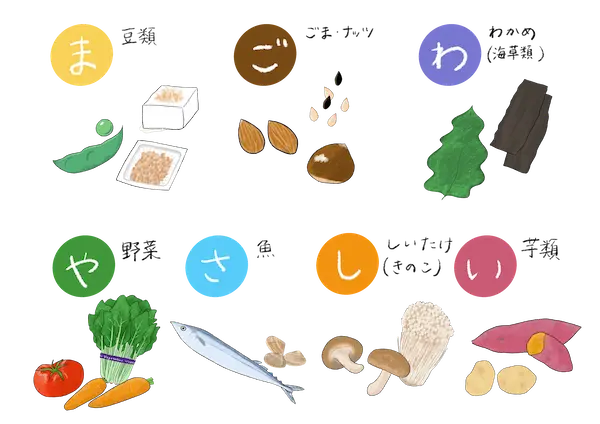
This phrase is easy to remember, and each sound stands for a healthy food group:
- Ma (豆 / Mame): beans
- Go (ごま / Goma): sesame seeds
- Wa (わかめ / Wakame): seaweed
- Ya (野菜 / Yasai): vegetables
- Sa (魚 / Sakana): fish
- Shi (しいたけ / Shiitake): mushrooms
- I (芋 / Imo): potatoes and root vegetables
By combining these seven foods, you can get a wide range of nutrients. And so, everyday meals become both healthy and satisfying.
Rice
Rice is the centerpiece of a Japanese set meal.
It is not only plain white rice but also multigrain rice or barley rice that are popular.
Rice works as the main source of energy, and when combined with side dishes, it gives a satisfying balance.
Main Dish
The main dish can be grilled fish, simmered dishes, or fried foods.
In autumn, grilled Pacific saury with rich flavor makes the meal seasonal.
At home, adding grated daikon radish brings a refreshing taste.
Side Dishes
Side dishes include small bowls of simmered vegetables, seaweed, or mushrooms, as well as light salads.
By using seasonal ingredients, side dishes not only balance nutrition but also add an autumn feeling to the table.
Soup
Soup such as miso soup or clear broth warms the body and gives comfort to the meal.
Tofu, wakame seaweed, and seasonal vegetables add both nutrition and color.
The Role of Dashi
The base of Japanese flavor is dashi (Japanese soup stock).
Made from kombu seaweed or bonito flakes, it is used in miso soup, simmered dishes, and hot pots.
Thanks to the umami in dashi, you can enjoy rich taste with less salt.
Examples of an Autumn Japanese Set Meal
Grilled Fish (Sanma)
In washoku, grilled fish is essential.
In autumn, fatty Pacific saury is enjoyed with grated daikon and soy sauce or ponzu.
It offers seasonal flavor while providing protein and vitamin D.
Simmered Dishes
Japanese side dishes often include simmered vegetables.
Pumpkin or taro with shiitake mushrooms has a gentle taste and brings out the umami of washoku.
Small Side Dishes and Miso Soup
Small bowls and miso soup add variety and balance.
Dishes like spinach ohitashi or simmered hijiki are nutrient-rich.
Miso soup with tofu, wakame, or mushrooms highlights seasonal ingredients.
Rice and Pickles
Rice and pickles complete a Japanese set meal.
Steamed rice balances the flavors of the main dishes.
Pickles refresh the palate, while chestnut or mushroom rice brings an autumn touch to washoku.
Tips for Eating Washoku
- How to Hold the Bowl: Hold chopsticks in your dominant hand and support the rice bowl or soup bowl with the other.
This makes eating easier and shows proper Japanese dining etiquette. - Order of Eating: Start with soup to warm your mouth. Then enjoy rice and side dishes little by little.
Alternate between grilled fish, simmered dishes, and small bowls to balance the flavors. - Nutritional Balance: The ichiju-sansai style is ideal for health.
In particular, the principle of “magowayasashii” (beans, sesame, seaweed, vegetables, fish, mushrooms, and potatoes) helps create a balanced Japanese meal.
Conclusion
Washoku, or traditional Japanese cuisine, values seasonal ingredients and follows the balanced style of ichiju-sansai. In autumn, a meal with grilled fish, simmered dishes, and small side bowls lets you fully enjoy the flavors of the season. Bringing the spirit of the four seasons to the table is one of the true charms of washoku.
→ To learn more about proper table manners, see [Chopstick Etiquette in Japan].
Japanese of the Day / 今日の日本語
- Word:出汁 (dashi) – Japanese soup stock
- Meaning:Dashi is a basic stock in Japanese cooking. It adds umami flavor.
- Example:このみそしるは、だしがきいていて、おいしいです。(Kono misoshiru wa dashi ga kiiteite, oishii desu.)
(This miso soup is rich in dashi and tastes delicious.) - Fun Fact:Dashi is made from kombu (kelp), katsuobushi (bonito flakes), and sometimes shiitake.
It is the foundation of many washoku dishes.
◆ Would you like to talk about Japanese culture? ◆
In the Culture Course, you can learn to speak about Japanese culture with me.

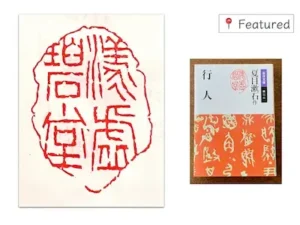
日本の秋は「食欲の秋」とも言われ、美味しい旬の食材が楽しめる季節です。
涼しくなり、空気も澄んでくるこの時期には、焼き魚や煮物、旬の野菜を使った料理が食卓を彩ります。
一汁三菜とは
日本の伝統的な食事スタイル「一汁三菜」は、栄養バランスの良い食事を楽しむための基本形です。
ご飯、汁物、主菜、副菜2品を組み合わせることで、健康的で彩り豊かな食卓が作れます。
家庭で作る和食では、旬の食材を使うことや「まごはやさしい」の原則を取り入れると、さらに栄養価が高まります。
「まごはやさしい」とは、
- ま:豆
- ご:ごま
- わ(は):わかめなど海藻
- や:野菜
- さ:魚
- し:しいたけなどのきのこ類
- い:芋
これら7つを組み合わせる食事法です。上手に取り入れることで、栄養素を幅広く補うことができます。
ご飯
定食の中心となるご飯は、白米だけでなく、五穀米や麦ご飯なども人気です。
主食としてエネルギー源になり、他のおかずと組み合わせることで満足感もアップします。
主菜
主菜は焼き魚や煮物、揚げ物などです。秋なら脂ののった秋刀魚を焼いて定食にのせると、旬の味覚を楽しめます。
家庭では大根おろしを添えると、さっぱりと食べられます。
副菜
副菜には季節の野菜や海藻、きのこを使った煮物や和え物、小鉢があります。
副菜を工夫すると、栄養バランスが整うだけでなく、見た目にも秋らしさが加わります。
汁物
味噌汁やすまし汁などの汁物は、体を温め、食卓をほっとさせる役割があります。
豆腐やわかめ、季節の野菜を入れると、栄養も彩りもプラスされます。
出汁の役割
和食の味を支えているのが「出汁」です。
昆布やかつお節から取る出汁は、味噌汁、煮物、鍋料理など幅広く使われます。
出汁のうま味があることで、塩分を控えながらも豊かな味わいを楽しめるのです。
秋の定食の例
焼き魚(秋刀魚)
秋の定食といえば秋刀魚の塩焼きです。
脂ののった身を香ばしく焼き、大根おろしとしょうゆやポン酢でいただくと、秋らしい味わいを楽しめます。
たんぱく質やビタミンDも豊富で、栄養面でも優れています。
煮物
副菜には根菜やきのこを使った煮物がぴったりです。
かぼちゃの煮物や里芋としいたけの煮物は、やさしい味わいでご飯によく合い、食卓に温かみを添えます。
煮物は野菜のうま味がしみ込み、やさしい味つけでご飯ともよく合います。
小鉢・味噌汁
定食に彩りを添えるのが小鉢と味噌汁です。
小鉢には、ほうれん草のおひたしや、ひじきの煮物、なますなど、少量でも栄養豊富な料理が並びます。
味噌汁には、なめこや豆腐、わかめ、季節のきのこなどを入れると秋らしさが出ます。
味噌の発酵食品としての力と、具材からとれるビタミンや食物繊維が、食事全体のバランスを整えてくれます。
ご飯と香の物
最後に欠かせないのが、主食のご飯と香の物です。
炊き立ての白ご飯は、焼き魚や煮物の味を引き立て、全体の味の調和を作り出します。
また、漬物(香の物)は、口の中をさっぱりさせ、次の一口を新鮮に感じさせる役割を持っています。
秋には栗ご飯やきのこご飯など、旬の食材を混ぜ込んだご飯も登場し、食卓をさらに豊かにします。
食べ方のポイント
- 器の持ち方:利き手で箸を持ち、反対の手で茶碗やお椀を持って食べます。
器を手に取ると食べやすく、礼儀正しく見えます。 - 食べる順番:まず汁物で口を温め、ご飯やおかずを少しずついただきます。
焼き魚や煮物、小鉢を交互に食べると、味のバランスを楽しめます。 - 栄養バランス:「一汁三菜」は栄養面でも理想的です。
特に「まごはやさしい」(豆・ごま・わかめ・野菜・魚・しいたけ・いも)を意識すると健康的です。
まとめ
和食は、旬の食材を大切にしながら、一汁三菜を基本にした栄養バランスの良い食文化です。
秋は焼き魚や煮物、小鉢を組み合わせることで、季節の味覚を存分に楽しめます。
四季の移ろいを料理に取り入れることこそ、和食の魅力といえるでしょう。
→ 箸のマナーについて詳しく知りたい方は、Chopstick(はし) Etiquette in Japanをご覧ください。

